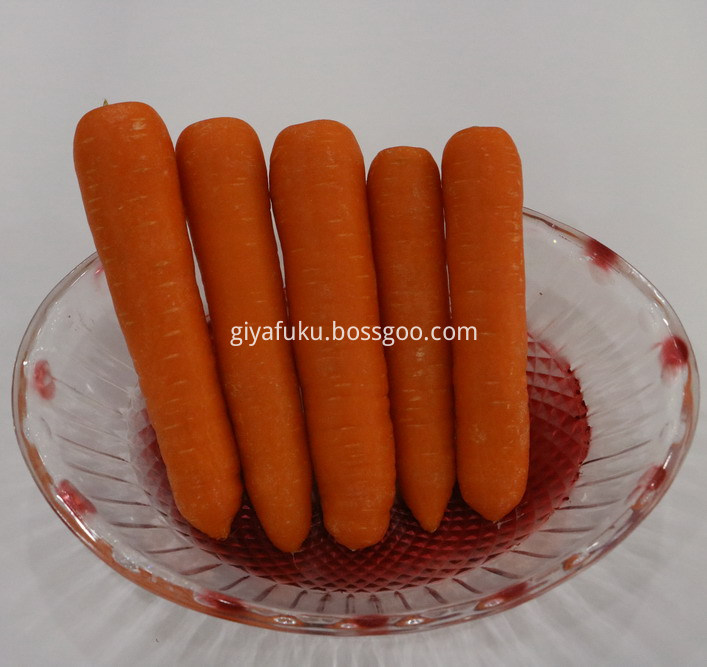Our factory is the Fresh Carrot manufacturer since 2003,mainly export to Middle East,Southeast Asia,Korea and Japan market, currently our annual carrot export value for Japan have been up the first in China,the annual production capacity is up to 20000 MT, and we have got the GAP certification for years. Fresh Carrot Fresh Carrot,Carrot Vegetable,Sweet Fresh Carrot,Raw Carrots Anqiu Giyafuku Foods Co.,Ltd , http://www.giyafuku.com
Eyewitness knowledge of adulterated materials
Identification of bean cake Bean cake (粕) is often mixed with silt, stone flour or ground corn. The identification method is as follows: Take 25 grams of bean cake (粕) and put it into a glass filled with 250 ml of water for 2-3 hours, and then gently stir with a wooden stick. If adulterated, you can see the layering, the upper layer is Bean cake (粕), the lower layer is sediment. Take a small amount of bean cake (粕) in a clean white porcelain dish, spread it flat and place a few drops of iodine on it. After 1 minute, if some of the material turns blue-black, it may be mixed with corn and bran. Skin, rice husks and other things. Insert the hand into a pile of bran and then withdraw. If there is a white powder sticking on the finger and it is not easy to shake off, it means that talcum powder is added. If it is shaken off easily, it is residual flour. Grab a handful of bran and rub it hard. If it is easy to clump, it will be bran; if it has a feeling of rising, it may be mixed with rice bran. Bone powder is a good bone powder with 25% calcium and 13% phosphorus. Adulterated bone meal often contains insufficient phosphorus, which can easily cause livestock and poultry. Non-degummed bone powder is prone to spoilage and often causes poisoning in livestock and poultry. Fake bone meal is often mixed with stone powder, shell powder, fine sand and other debris. Pure bone powder is grayish white powder or granules, some of the particles are honeycombed and emit an inherent odor; adulterated bone meal has little or no honeycomb particles; bone powder and shell powder are blanched. The bone powder is poured into dilute hydrochloric acid solution. If it is a pure bone powder, a short “sand†sound will be emitted. The surface of the bone powder particles will not generate bubbles. Finally, all of them will dissolve and the solution will be cloudy. The surface of the hydrochloric acid solution of the degummed bone meal floats with a very small amount of organic matter. There were more surface floats on steamed bone powder and bone powder, and there was no chemical phenomenon in bone powder. Take a little bone meal into a test tube and put it on fire to burn it. Pure bone meal produces steam and produces a pungent burned hair odor. The adulterated bone meal produces less steam and odor. The bone meal does not have steam and odor. Metamorphic bone meal smells. The identification of methionine Some commercial methionine due to the incorporation of pseudo-starch, glucose powder, powder and other impurities and amino acid content of only 50%, much lower than the national standards. True methionine is pure white or slightly yellow, is a shiny crystal, slightly sweet taste; false yellow or gray, very few flash crystals, strange smell, astringent. One porcelain crucible was taken, 1 g of methionine was added, carbonized in an electric furnace, and then burned on a 55° C. muffle furnace for 1 hour. The residue remaining after burning of the real methionine should be less than 0.5%. Take a 250 ml beaker, add 50 ml of distilled water, add 1 g of methionine, and gently stir with a glass rod. The false methionine is not completely soluble in water, and the true methionine is almost completely soluble in water.